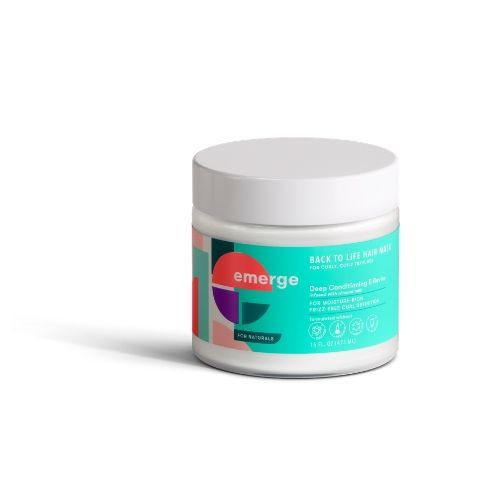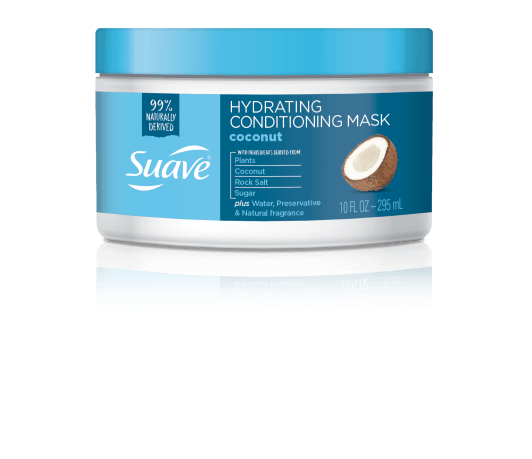
How to Effectively Use a Hair Mask for Frizzy Hair
De-frizzing solutions coming your way!
Frizzy hair, like most of us New Yorkers, comes with a lot of issues. It’s fickle; it’s weather-sensitive; it can’t seem to stay still; it’s most likely been damaged at one point. Frizz is a constant for a lot of people, and like delayed subways and that overpriced sandwich at your neighborhood bodega, it’s just one of those things we learn to live with. However, we’re also a pretty resilient bunch, and we fight the good fight—like passing on that $18 mimosa during brunch, or using a hair mask for frizzy hair when things are looking a bit too crazy for our liking. We deconstruct below:
The Best Way to Use a Hair Mask for Frizzy Hair

Before you start slapping on layers upon layers of that conditioning treatment, understand: With hair products, more is not necessarily better. On the contrary: Too much of a good thing—like, say, hot sauce on your halal chicken and rice—can be counterintuitive, and even detrimental to the cause.
1. It’s what’s on the inside that counts.
In the case of a hair mask for frizzy hair, it’s not the amount of product you slather on. Rather, it’s the ingredients that make the magic, as well as proper application. Conditioning ingredients like butters, silicones, lipids and fatty acids (hello, coconut oil!) are all popular fixings in effective hair masks.
Frizz occurs when a dry or porous hair cuticle, due to more moisture in the air, raises itself to absorb this moisture and ultimately swells up, creating an uneven, splayed shaft (think shingles on a roof that aren’t laid down properly). Zoomed out and multiplied by hundreds of thousands, and this poufy phenomenon is what we all commonly associate with frizz.
A good hair mask for frizzy hair is able to efficiently coat each hair strand with moisturizing ingredients from root to tip, negating the need to absorb any outside moisture. This results in a stable, well-nourished strand with cuticles that lie flat and therefore, a shinier, smoother look and feel overall.

2. Application tips
The best way to use a hair mask for frizzy hair is to first determine your hair type. Finer, thinner, weather-vulnerable types can do with just masking the ends of hair once or twice a week; super dry, more damaged frizzy hair can use a hair mask almost daily, on the entire length of the shaft. Dose accordingly.
Once your hair mask is applied, leave on for around five to 10 minutes, depending on how much time you have to spare. Some women with extremely dry hair, 3C/4A/4B curls or a naturally kinky texture can also leave a treatment in overnight for maximum soakage.
We love the silky moisturized, non-frizzy feel we get from a bi-weekly use of Nexxus Humectress Moisture Restoring Mask (perfect for revitalizing hair after a long week of heat styling). For more intense moisturization, we like the “emergency resuscitation” we get from Emerge Back to Life Hair Mask, which helps repair frizz-prone damage done by heat and chemicals (like that trendy platinum ’do we just got last week). Our curl-friends also swear by the soft, defined ringlets they get after using Suave Hydrating Coconut Conditioning Mask twice to thrice a week, or every time they co-wash their hair. After masking, rinse well with tepid to cool water and gently blot or towel-dry before hitting it with a low-heat blowdryer.
Want more hair care tips for dry and damaged hair? Check out our spotlight on deep conditioning caps.




